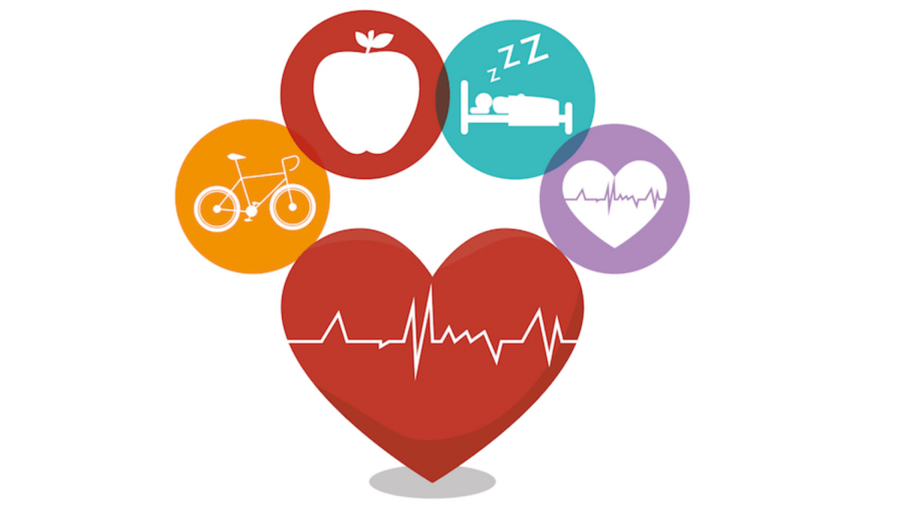The Benefits of Pilates for Improved Posture and Balance

Updated at: 2023-08-05 22:39:58 (2 years ago by Melkisedeck Leon Shine)
The Benefits of Pilates for Improved Posture and Balance
In today's fast-paced world, it's easy to neglect our posture and balance. We often find ourselves hunched over our desks or slouched on the couch, unaware of the negative effects these habits can have on our bodies. But fear not! There is a solution - Pilates! As AckySHINE, a Pilates enthusiast and advocate, I am here to share with you the incredible benefits of Pilates for improved posture and balance. So let's dive in and discover how this wonderful exercise can transform your life.
-
Strengthen your core 💪: Pilates focuses on strengthening the deep muscles of your core, which are responsible for maintaining good posture. By building a strong foundation, you can support your spine and maintain a more upright and aligned posture.
-
Improve your flexibility 🧘♀️: Pilates incorporates a range of stretching exercises that help improve flexibility and joint mobility. By increasing your range of motion, you can move more freely and maintain better posture throughout the day.
-
Enhance body awareness 🌟: Pilates exercises require a high level of concentration and control. As you become more aware of your body and how it moves, you can make conscious adjustments to your posture and balance, leading to improved overall alignment.
-
Correct muscular imbalances ⚖️: Many of us have muscular imbalances due to our daily activities or sedentary lifestyle. Pilates helps identify and correct these imbalances by targeting specific muscle groups and strengthening weaker areas, leading to improved posture and balance.
-
Reduce back pain 🙌: Poor posture often leads to back pain and discomfort. Pilates exercises, such as the "Swan" or "Bridge," can help strengthen the muscles in your back and alleviate pain by promoting proper alignment.
-
Increase stability ⚖️: Balance is crucial for overall health and well-being. Pilates exercises, such as the "Tree" or "Single Leg Circle," challenge your balance and improve stability by targeting the muscles responsible for maintaining equilibrium.
-
Develop better body mechanics 🚶♀️: Pilates teaches you how to move with grace and efficiency. By incorporating proper body mechanics into your daily activities, such as walking or lifting objects, you can reduce strain on your muscles and joints, leading to improved posture and balance.
-
Enhance coordination and control 🎯: Pilates exercises require coordination between different muscle groups and precise control of your movements. As you practice Pilates regularly, you will develop better coordination and control, leading to improved posture and balance in various activities.
-
Boost confidence and self-esteem 🌟: When you have good posture and balance, you exude confidence and feel better about yourself. Pilates helps you achieve proper alignment, which can boost your self-esteem and make you feel more comfortable in your own skin.
-
Reduce the risk of falls and injuries 🚶♂️: Poor posture and balance increase the risk of falls and injuries, especially as we age. By practicing Pilates and improving your posture and balance, you can reduce the likelihood of accidents and maintain your independence.
-
Improve sports performance ⚽️: Whether you're an athlete or enjoy recreational sports, Pilates can enhance your performance by improving your posture and balance. By developing a strong core and better body mechanics, you can move more efficiently and excel in your chosen sport.
-
Alleviate stress and tension 😌: Pilates is not just a physical exercise; it also promotes mental well-being. By focusing on your breath and engaging in mindful movement, you can reduce stress and tension, which often contribute to poor posture and balance.
-
Support healthy aging 🌞: As we age, maintaining good posture and balance becomes even more critical. Pilates can help counteract the natural effects of aging by strengthening the muscles that support your spine and improving your overall balance and stability.
-
Enjoy a sense of accomplishment 🎉: As you progress in your Pilates practice, you will realize the positive changes in your posture and balance. This sense of accomplishment can boost your motivation to continue and further improve your overall well-being.
-
Have fun! 🎈: Pilates is a fun and enjoyable exercise that can be adapted to different fitness levels and preferences. Whether you prefer mat Pilates or using equipment like the reformer or stability ball, there are endless possibilities to keep your workouts exciting and engaging.
In conclusion, Pilates offers a wide range of benefits for improved posture and balance. By incorporating Pilates into your fitness routine, you can strengthen your core, improve flexibility, correct muscular imbalances, reduce back pain, and enhance coordination and control. Moreover, Pilates can boost your confidence, reduce the risk of falls and injuries, improve sports performance, alleviate stress, support healthy aging, and provide a sense of accomplishment. So why wait? Give Pilates a try and experience the transformative power it can have on your posture and balance. As AckySHINE, I highly recommend incorporating Pilates into your lifestyle for a healthier, more balanced you.
What are your thoughts on Pilates? Have you tried it before? Share your experiences and opinions in the comments below!





